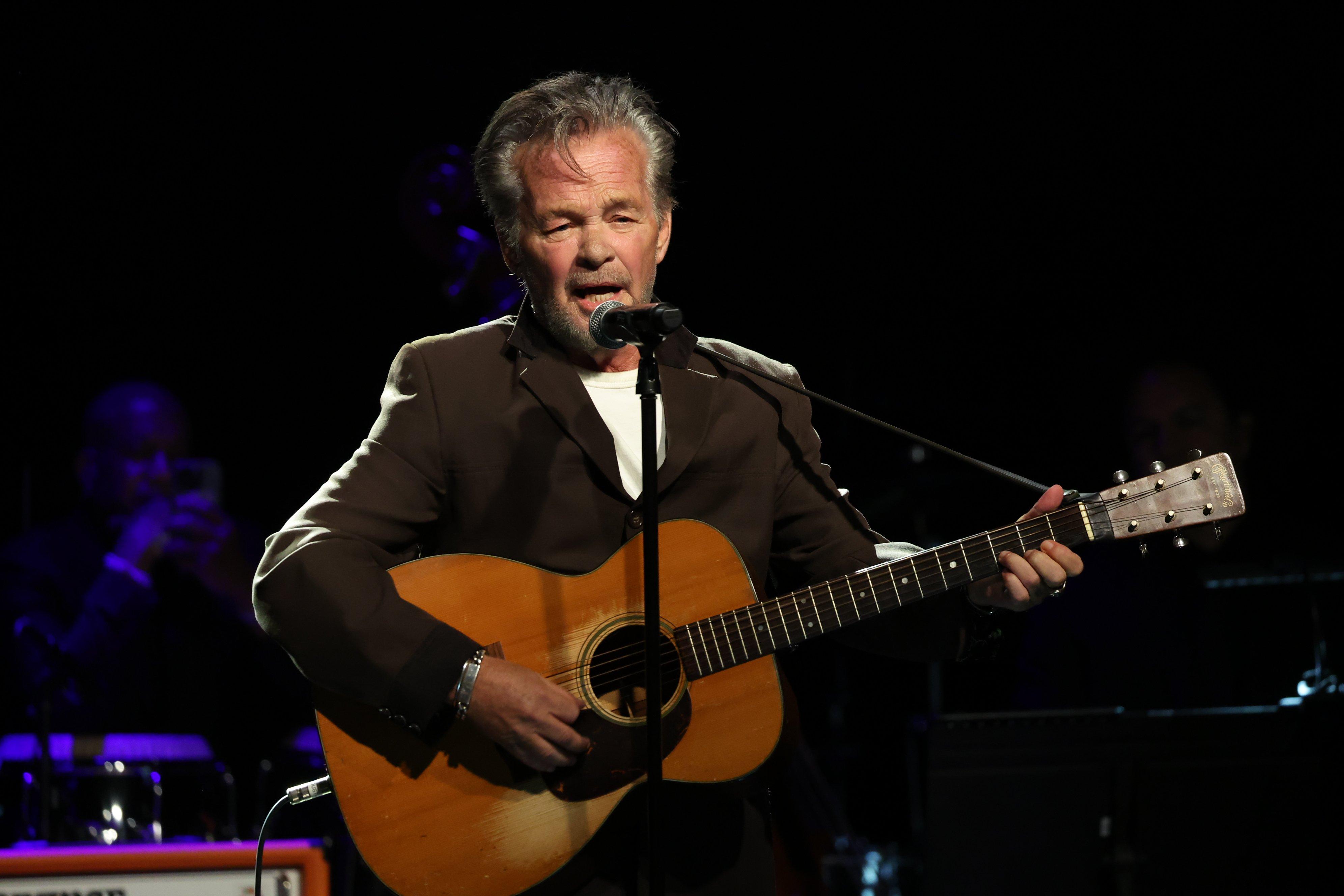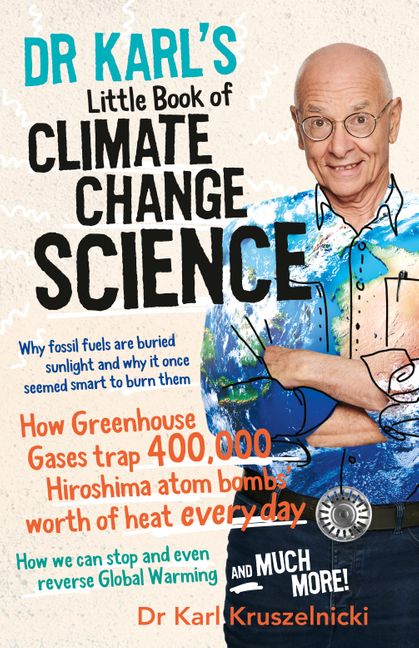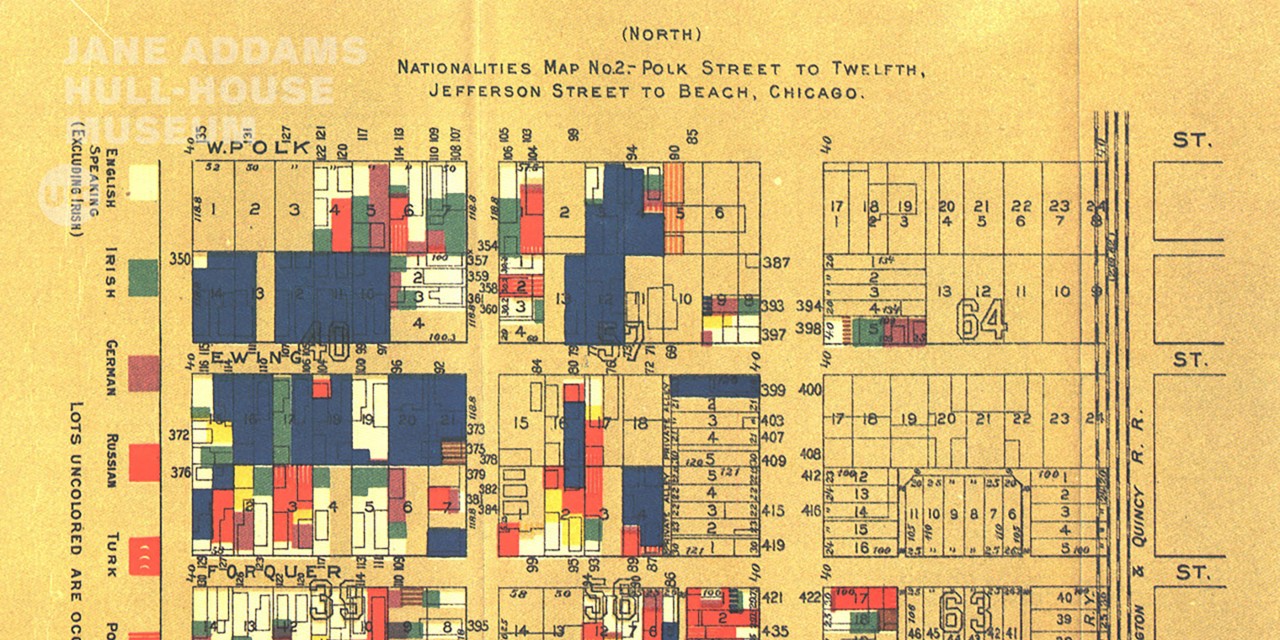Report on Climate Change Advocacy in Rural Pakistan and Alignment with Sustainable Development Goals
Executive Summary
In Pakistan’s Sindh province, local musicians are utilizing folk songs and rap to educate rural communities about climate change, adaptation, and resilience. This initiative directly addresses the severe impacts of climate-worsened flooding and intersects with several key United Nations Sustainable Development Goals (SDGs), including those related to climate action, poverty, education, and gender equality. This report analyzes how these grassroots efforts are fostering sustainable development in a region marked by high vulnerability and low literacy.
Climate Impacts and Community Vulnerability
The province of Sindh has experienced devastating climate events, most notably the 2022 deluges that affected millions. The consequences highlight critical challenges related to several SDGs.
- SDG 13 (Climate Action): The region suffers from direct climate impacts, including altered monsoon patterns, extreme rainfall, and subsequent flooding, which have destroyed homes, infrastructure, and agricultural land.
- SDG 1 (No Poverty): Pre-existing poverty deepens climate vulnerability. Communities residing in simple mud houses lack the resources to withstand or rebuild from extreme weather events. Economic survival has forced a shift from traditional agriculture to livestock.
- SDG 11 (Sustainable Cities and Communities): The destruction of housing and infrastructure underscores the urgent need for resilient building practices and community planning to withstand future climate shocks.
Innovative Communication for Climate Education
A significant barrier to climate adaptation is the lack of accessible information, compounded by low literacy rates in rural areas.
Key Strategies and Alignment with SDG 4 (Quality Education)
- Music as an Educational Medium: Folk singer Sham Bhai and rapper Urooj Fatima (“Sindhi Chhokri”) use music to bypass literacy barriers. Songs in the local Sindhi language effectively communicate complex topics like climate adaptation to a broad audience.
- Targeted Messaging: The lyrics focus on practical realities, such as the weakness of mud-built homes, the dangers of unpredictable weather, and the specific hardships faced by women and children.
- Promoting Sustainable Development Knowledge: This approach directly supports SDG Target 4.7, which calls for ensuring all learners acquire the knowledge and skills needed to promote sustainable development.
Gender Inequality and Climate Change
The report highlights that climate change disproportionately affects women and girls, a critical concern for SDG 5 (Gender Equality) and SDG 10 (Reduced Inequalities).
Specific Impacts on Women and Girls:
- Women and children face heightened vulnerability during floods, particularly when men are away for work.
- Gender norms restrict women to domestic chores and local agricultural work, limiting their mobility and access to resources during crises.
- Displacement caused by climate events exacerbates challenges related to education, hygiene, and nutrition for women and girls.
- The advocacy work is led by young women, who challenge social taboos and campaign for women’s rights alongside climate justice.
Advocacy for Climate Justice and Institutional Accountability
The musicians’ work extends beyond education to direct advocacy, demanding systemic change and holding institutions accountable, which is central to SDG 16 (Peace, Justice and Strong Institutions).
Forms of Advocacy:
- Community Action: The singers encourage tangible actions like planting trees, aligning with SDG 15 (Life on Land), and reinforcing homes to improve resilience (SDG 11).
- Political Commentary: Urooj Fatima’s rap music serves as a form of protest, calling out a lack of government response and demanding justice for flood-affected regions like Balochistan.
- Digital and Ground Campaigns: Activists use social media and on-the-ground protests to amplify their message, demanding that the government take climate change awareness and action seriously in rural areas.
Analysis of SDGs, Targets, and Indicators in the Article
1. Which SDGs are addressed or connected to the issues highlighted in the article?
-
SDG 1: No Poverty
The article directly links climate change impacts to poverty. It highlights how floods devastate the homes and livelihoods of “poor people” and mentions that “Poverty and illiteracy deepen people’s vulnerability.” The focus on Balochistan as the “country’s poorest and least developed province” further connects the disaster’s impact to pre-existing economic hardship.
-
SDG 4: Quality Education
The article emphasizes the challenge of low literacy rates, stating that in rural Sindh, it “falls to 38%.” This lack of formal education is a barrier to disseminating crucial information. The core of the story is about using alternative educational methods—folk music and rap—to bridge this gap. Sham Bhai’s mission is to teach “people about climate adaptation and resilience through song,” and Urooj Fatima wants the government to provide “information and education to those who need it the most.”
-
SDG 5: Gender Equality
A significant theme is the disproportionate effect of climate change on women and girls. The article notes that “Women and children face hardship during the rains” and “are often the first to suffer” due to “gender norms and inequalities.” Urooj Fatima explicitly attributes the specific problems women face with “displacement, education, hygiene, and nutrition” to “entrenched gender discrimination.” The story also showcases women as agents of change, with Sham Bhai and Urooj Fatima leading awareness efforts.
-
SDG 11: Sustainable Cities and Communities
The article details the destruction of human settlements, mentioning “collapsed houses,” “broken roads,” and “flattened houses that residents never rebuilt.” The impact of the floods on infrastructure and housing is a central issue, affecting “tens of millions of people.” The community’s response, such as making “houses strong to face climate change,” directly relates to building resilient communities.
-
SDG 13: Climate Action
This is the primary SDG addressed. The entire article revolves around the consequences of “climate-worsened deluges” and the need for climate adaptation. The musicians are “teaching people about climate adaptation and resilience,” and farmers are forced to adapt by changing crops and livelihoods due to unpredictable weather patterns. The call for “climate justice” by Urooj Fatima underscores the urgency of addressing climate change.
-
SDG 15: Life on Land
The article touches upon terrestrial ecosystems and their management. It describes the impact of climate change on agriculture, forcing farmers to switch from crops to livestock. A key adaptation strategy mentioned is afforestation, with activists “planting thousands of trees” to build resilience.
2. What specific targets under those SDGs can be identified based on the article’s content?
-
Target 1.5: Build resilience of the poor
This target aims to “build the resilience of the poor and those in vulnerable situations and reduce their exposure and vulnerability to climate-related extreme events.” The article directly addresses this by describing how floods affect the poor and how community efforts, like building stronger houses and planting trees, are aimed at increasing resilience.
-
Target 4.7: Education for sustainable development
This target focuses on ensuring “all learners acquire the knowledge and skills needed to promote sustainable development.” The work of Sham Bhai and Urooj Fatima, using music to educate communities with low literacy about climate change and adaptation, is a direct implementation of this target.
-
Target 5.c: Adopt policies for gender equality
This target calls for strengthening policies for the “empowerment of all women and girls.” The article highlights the need for this by detailing the disproportionate impacts on women due to “entrenched gender discrimination.” Urooj Fatima’s activism for women’s rights and climate justice is a call to action that aligns with this target.
-
Target 11.5: Reduce the number of people affected by disasters
This target aims to “significantly reduce the number of deaths and the number of people affected… caused by disasters.” The article provides context by stating that the 2022 floods “affected tens of millions of people” and caused “more than 1,000 rain-related deaths” in Sindh alone, showing the urgency of meeting this target.
-
Target 13.1: Strengthen resilience and adaptive capacity
This target is to “Strengthen resilience and adaptive capacity to climate-related hazards and natural disasters.” The entire narrative is about this, from farmers changing their agricultural practices to villagers being advised to plant trees and build stronger homes to withstand future floods.
-
Target 13.3: Improve climate change education and awareness
This target is to “Improve education, awareness-raising and human and institutional capacity on climate change.” The musicians’ efforts are a textbook example of this, as they are explicitly “teaching people about climate adaptation and resilience through song” and raising awareness where formal education is inaccessible.
-
Target 15.2: Promote sustainable management of forests
This target includes substantially increasing “afforestation and reforestation globally.” The article mentions that as a result of the awareness campaigns, people are “planting trees,” and the activists themselves are “planting thousands of trees,” which is a direct contribution to this target.
3. Are there any indicators mentioned or implied in the article that can be used to measure progress towards the identified targets?
-
Number of people affected by disasters: The article states that “tens of millions of people” were affected by the floods, providing a direct measure related to Target 11.5.
-
Number of disaster-related deaths: The figure of “more than 1,000 rain-related deaths in a few months in 2022” in Sindh is a direct indicator of the human cost of these disasters (Target 11.5).
-
Damage to infrastructure and housing: The description of “Broken roads and flattened houses” serves as a qualitative indicator of the economic and physical damage caused by the floods (Target 11.5).
-
Literacy Rate: The statistic that “Sindh’s literacy rate falls to 38% in rural areas” is a baseline indicator for measuring progress in education and the need for alternative awareness methods (Target 4.7).
-
Number of awareness-raising activities: Sham Bhai having “toured a dozen villages” is an indicator of the extent of educational outreach on climate change (Target 13.3).
-
Adoption of adaptation strategies: The article implies progress through behavioral changes, such as farmers switching “from crops to livestock” and people “planting trees and making their houses strong” (Target 13.1).
-
Number of trees planted: The mention of activists “planting thousands of trees” is a quantifiable indicator for progress towards afforestation goals (Target 15.2).
4. Summary Table of SDGs, Targets, and Indicators
| SDGs | Targets | Indicators Identified in the Article |
|---|---|---|
| SDG 1: No Poverty | 1.5: Build resilience of the poor and those in vulnerable situations to climate-related extreme events. | – Vulnerability of poor people’s mud houses. – Balochistan described as the “poorest and least developed province.” |
| SDG 4: Quality Education | 4.7: Ensure all learners acquire knowledge and skills for sustainable development. | – Rural literacy rate of 38% in Sindh. – Use of folk music and rap as educational tools for climate awareness. |
| SDG 5: Gender Equality | 5.c: Adopt and strengthen policies for the promotion of gender equality and empowerment of women. | – Disproportionate impact of floods on women and children. – Problems of displacement, hygiene, and nutrition for women attributed to “entrenched gender discrimination.” – Women (Sham Bhai, Urooj Fatima) leading awareness campaigns. |
| SDG 11: Sustainable Cities and Communities | 11.5: Significantly reduce deaths and people affected by disasters. | – “tens of millions of people” affected by floods. – “more than 1,000 rain-related deaths” in Sindh. – Destruction of infrastructure (“Broken roads and flattened houses”). |
| SDG 13: Climate Action | 13.1: Strengthen resilience and adaptive capacity. 13.3: Improve education and awareness-raising on climate change. |
– Farmers switching from summer to winter crops and from crops to livestock. – People making houses stronger. – Awareness campaigns touring villages and using social media. |
| SDG 15: Life on Land | 15.2: Promote sustainable management of forests and increase afforestation. | – People are “planting trees” as an adaptation measure. – Activists are “planting thousands of trees.” |
Source: ap.org






